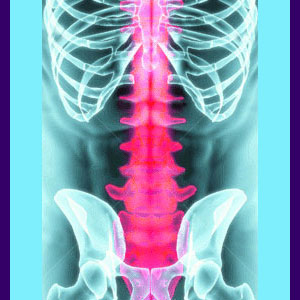
Being labeled with the rheumatoid arthritis diagnosis can be devastating for a person of any age. RA is a serious condition, often misunderstood in medical science by both patients and doctors alike. There are rigid diagnostic criteria for RA, yet many cases are misdiagnosed, since a variety of other autoimmune conditions mimic this inflammatory form of arthritis and can easy be mistaken for it, especially in the early stages of the condition. Patients should always keep this in mind before pursuing treatment for rheumatoid arthritis, in order to achieve better results from targeted care practices.
This essay details the diagnostic process for rheumatoid arthritis and many of the problems contained therein. All patients who have received a diagnostic conclusion of rheumatoid arthritis should carefully read this dialog in order to improve their chances for successful treatment.
Rheumatoid Arthritis Diagnosis and Misdiagnosis
There is no absolute definition of what constitutes rheumatoid arthritis. There is also no definitive test for the condition. The diagnosis is made by comparing the symptoms and evidence to the expected criteria and making a determination. While this is a good place to start, there are still many errors made, especially by physicians who do not specialize in treating rheumatoid forms of arthritis. The key thought to remember is that RA diagnosis is subjective.
Some of the other conditions often misdiagnosed as RA (or RA misdiagnosed as the other condition) include gout, pseudo-gout, ankylosing spondylitis, lupus, severe osteoarthritis, Lyme disease and other autoimmune disorders involving widespread tissue inflammation, especially in the joints.
Rheumatoid Arthritis Diagnostic Criteria
The following symptoms are the official diagnostic criteria as defined and pronounced by The American College of Rheumatology:
Joint stiffness, especially in the morning, 6 weeks or more
Inflammatory arthritis of 3 to 14 joint groups, at least 6 weeks duration
Presence of subcutaneous nodules
RA factor confirmed by blood test in 95th percentile or higher
Diagnostic imaging demonstrates joint erosion
Arthritis in the hands or symmetric arthritis, at least 6 weeks
Rheumatoid arthritis is a very diverse condition which can present a great range of associated effects and symptoms. Some of these expressions may be part of the arthritis syndrome, while others may be related to treatment for RA. Still others may be coincidental or related to the mindbody process as an alternative explanation.
Rheumatoid Arthritis Clarification
It is always best to seek out a specialist if you or your doctor suspects that a rheumatoid process is at work in your joints.
Rheumatologists are experts in RA diagnosis and care, although as in most other conditions they deal with, treatment results are usually disappointing.
Diagnostic pessimism is common in the RA treatment industry, even though new approaches to treatment provide real hope for suffering patients. Do not allow your doctors lack of skill and knowledge in treating the disorder doom you into believing that there is no hope at all. Instead, do your own research and look at the many alternative options available to you. Some patients have made complete recoveries without drugs or any other potentially risky treatment modalities. This is a hopeful sign of better things to come in the future.
Back Pain > Rheumatoid Arthritis > Rheumatoid Arthritis Diagnosis




